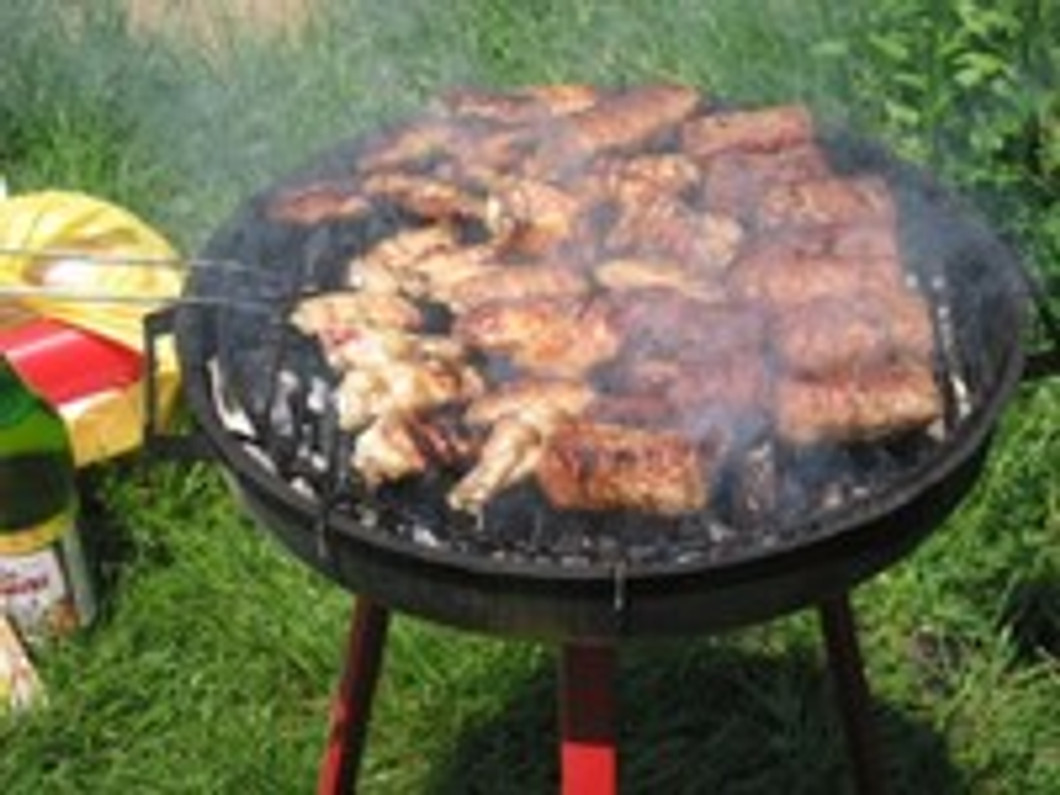How To Protect Against Food-Borne Illness While Grilling Out
Summer is the perfect time of year to host a backyard barbecue. The warm temperatures and clear blue skies (on most days, at least) create an idyllic environment for cooking outdoors. Whether you're grilling chicken, steaks, hot dogs, pork chops, or any other type of meat, though, you should take some extra precautions to protect you and your guests against food-borne illness.
According to data released by the Centers For Disease Control and Prevention (CDC), food-borne illness affects nearly 1 in 6 Americans annually (48 million). While most cases are minimal and require no immediate medical care, some are more severe. Of the 48 million cases of annual food-borne illness in the U.S., 128,000 require hospitalization and 3,000 people die from the illness.
Some of the most common types of food-borne illness include the following:
- Salmonella
- Toxoplasma
- Listeria
- Norovirus
- Campylobacter
- Toxoplasma
- Staphylococcus
Thankfully, food-borne illness is typically a preventable condition when chefs follow basic food safety practices.
When shopping for food -- whether it's packaged meats, canned vegetables, etc. -- avoid products with broken and/or damaged containers, as this could serve as an entry point for harmful bacteria. Only purchase food that's properly sealed and possesses an expiration date that's after the date you intend to prepare it.
Thawing meats by leaving it on the kitchen counters or dining table is a common practice; however, bacteria and germs multiple at an increasingly fast pace when exposed to room temperature atmospheres. If you need to thaw frozen meats, place them inside the refrigerator overnight. This method may take longer, but it will greatly reduce your risk of food-borne illness.
Traditional wooden cutting boards are a haven for potentially harmful bacteria and germs. Germs seep down into the wood's pores where they can linger for days. Choose cutting boards that are made of either a synthetic material, such as plastic, or hardwood (as opposed to softwood). Also, avoid chopping up vegetables or fruits on a cutting board that was used for meats.
One of the most common mistakes people make when grilling is using the same fork, spatula or tongs to flip their meat. If the utensil was exposed to raw meat, it may be contaminated, and using it throughout the entire duration could place you and your guests at risk for food-borne illness. Wash your utensil(s) about halfway through to ensure there's no traces of raw meat on them.
Lastly, use an internal thermometer on your meats. Check out the guide at http://www.foodsafety.gov/keep/charts/mintemp.html for a full list of safe minimum internal temperatures for meats as well as their respective "resting times."
Recent Posts
-
Fire Safety in the Workplace: What You Need to Know
What steps are you taking to prevent fires in your workplace? According to the U.S. Occupational Saf …Aug 23rd 2023 -
Is It Safe to Go Jogging With a Cold Infection?
If you're suffering from a cold infection, you might be wondering whether it's safe to go jogging. T …Aug 22nd 2023 -
5 Safety Tips to Follow When Using a Powder-Actuated Tool
Powder-actuated tools are commonly used to join materials to steel and concrete. Also known as Hilti …Aug 20th 2023




